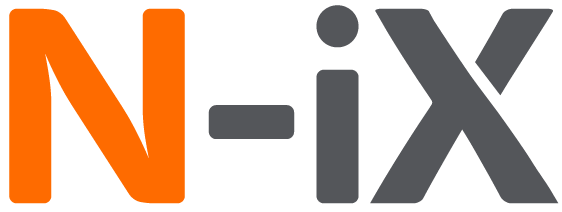My understanding is that your dot-notation assumption is incorrect and you must explicitly list the tags as you've done in your second example. Now, I say that "incorrect" in the sense that it doesn't work. I may not be thinking through all the potential drawbacks, but on the surface it seems like a pretty good convention to establish. I'd be curious to hear what others think.
Sign in to participate in this thread!









